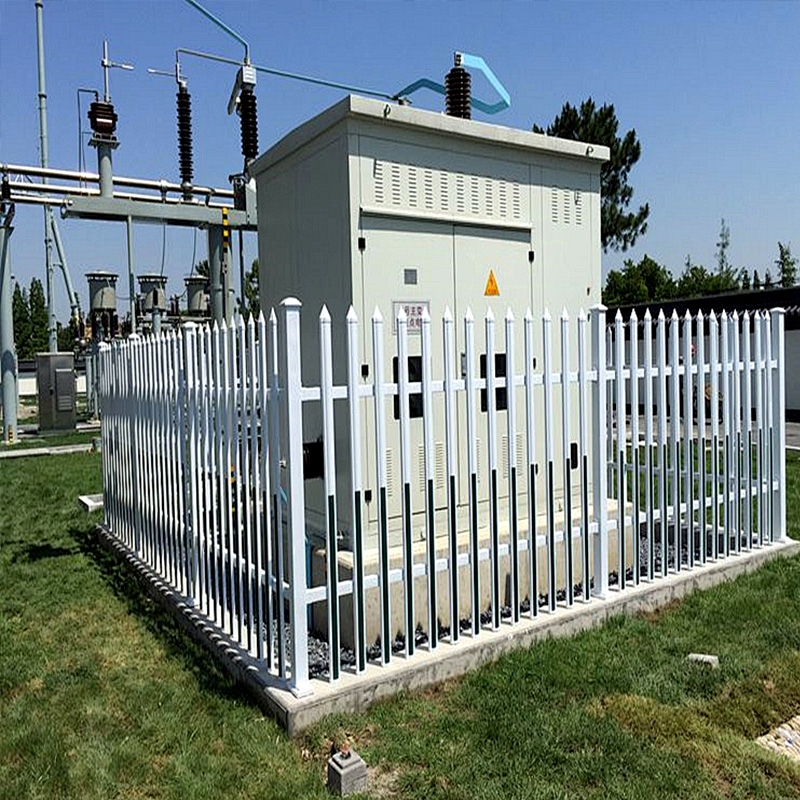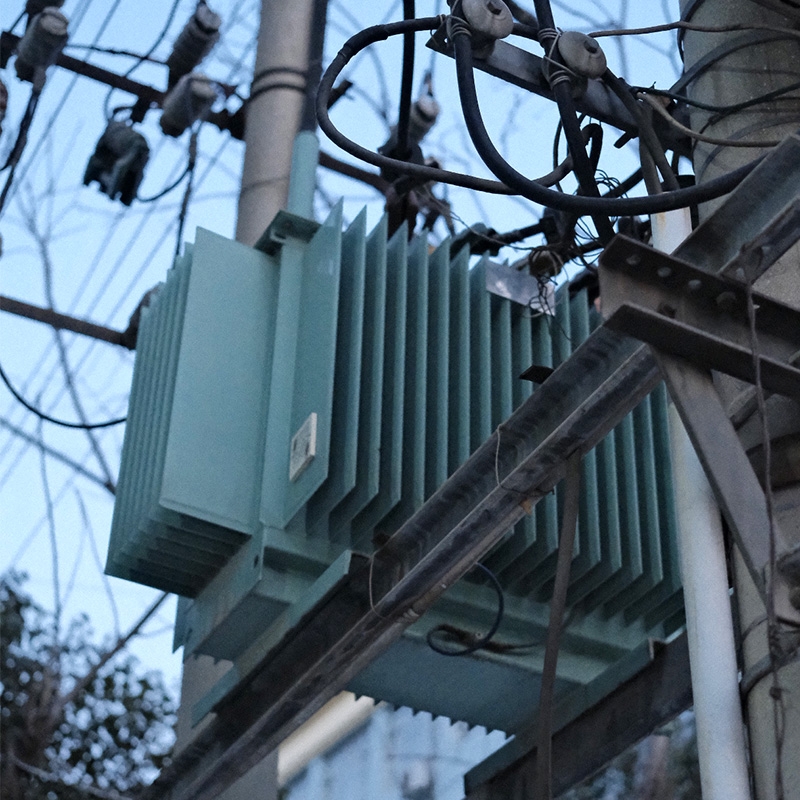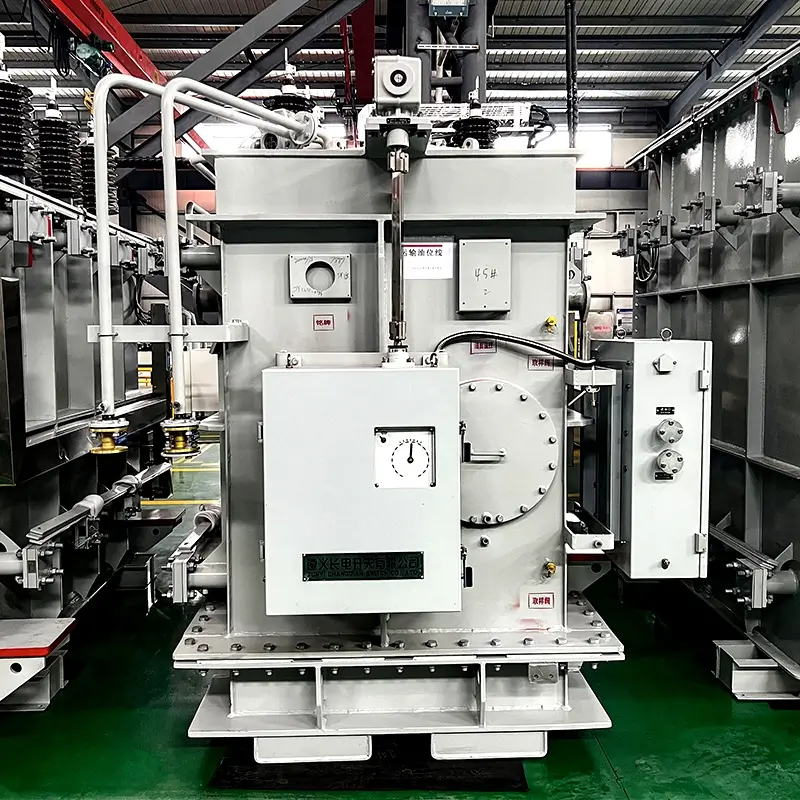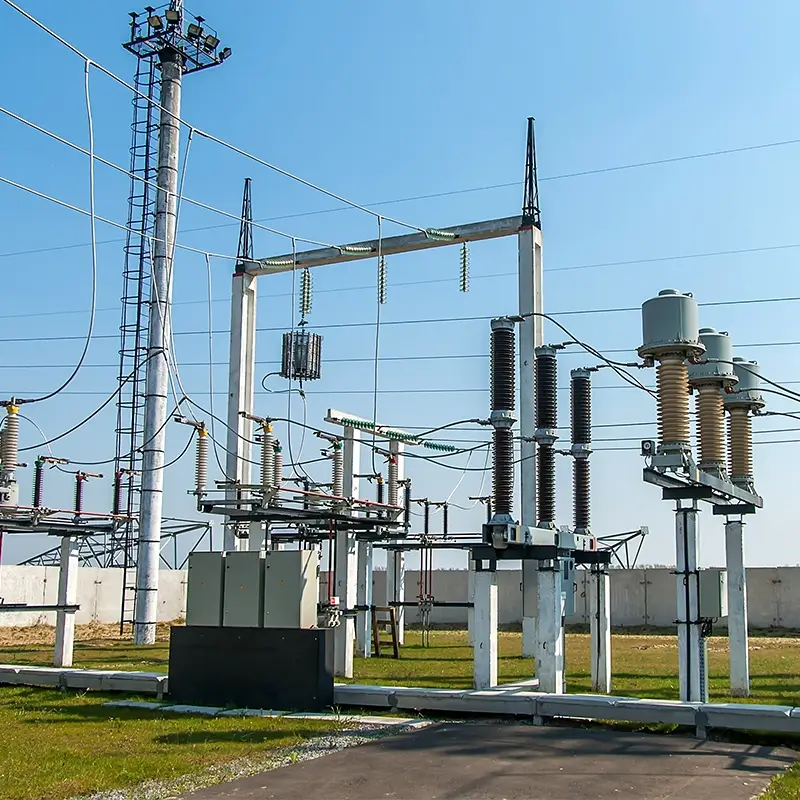Transformer failure cause and prevention
1, Ordinary transformer windings are class A insulation, the service life of the insulating material under normal load up to 20 years, such as overload use, insulation will accelerate aging, blackening, loss of elasticity, become brittle, insulation performance decline, resulting in inter-turn or inter-layer short circuit, overvoltage easy breakdown.
2. In order to prevent and slow down insulation aging, the load of the transformer must be strictly controlled, and the upper oil temperature rise must be strictly controlled.
Second, insulation oil deterioration
1, if the insulation oil absorbs the moisture in the air during the operation of the transformer, it will reduce the insulation performance. As long as the insulation oil contains 1/10,000 of the moisture, the insulation performance will be reduced to 1/8 of the normal time, easy to cause breakdown and flashover and other accidents.
2, in order to avoid insulation oil deterioration caused by transformer failure, should pay attention to the following points:
1) Sample on time for simplified test, if unqualified timely treatment.
2) Monitor the upper oil temperature of the transformer, generally do not exceed 85 ° C for a long time.
3) Avoid direct contact between insulation oil and air to prevent water infiltration.
3. Overvoltage
1, overvoltage is generally divided into external overvoltage and internal overvoltage. The external overvoltage is caused by lightning strikes, and the internal overvoltage is caused by the oscillation and accumulation of electromagnetic energy when the parameters in the power system change. The transformer with aging insulation and poor performance is easy to cause the breakdown accident of main insulation when the line is broken, the load is changed drastically, and the arc is grounded.
2, the external overvoltage can be installed in the transformer low-voltage side of each phase of a arrester or varistor protection; Internal overvoltage should pay attention to ensure the stability of transformer operation.
4. Casing and lead failure
1. The main faults of the transformer lead are: the connection is not welded well or the screw on the joint is not tightened, and the local overheating or even the joint meltdown causes the broken line.
2, casing damage is mainly caused by maintenance and repair is not timely, so it should strengthen the preventive test of casing and timely cleaning. Preventive measures should be taken according to the specific situation of the lead fault.
5. The tap changer is faulty
1. No excitation tap-changer is faulty
1) The insufficient pressure of the contact spring, the uneven pressure of the roller reduce the effective area, the wear of the silver plating layer, the contact mud, etc., which is easy to lead to poor contact of the switch contact, resulting in burns.
2) The switch connection line is in poor contact, causing burns when the large current flows.
3) The wrong switch number causes the three-phase voltage of the secondary side to be unbalanced, and generates a circulation inside the winding during the triangular connection, resulting in overheating of the transformer.
4) The distance between switches is not enough, and overvoltage may cause short circuit between phases.
2. The on-load tap-changer is faulty
1) The current limiting impedance is burned off during the switching process, such as the arc at the fracture can not be extinguished, which will expand the fault.
2) The switch is not tightly sealed, and the water will cause flashover or short circuit between phases.
3) The switch roller is stuck, causing the contact to stop in the transition position and be damaged.
6. Magnetic circuit failure
1. If the insulation pad on the core screw is crushed or the insulation wrapped outside the core screw is too thin, the insulation board between the splint and the core is too thin or cracked, it will cause the core screw or splint to touch the core, the core will short-circuit, there will be a large current through causing local overheating, sometimes even melting the core and the splint, and cause the insulation to catch fire.
2, the insulation damage between the silicon steel sheet causes an increase in eddy current, resulting in local overheating or even melting, and will increase the winding temperature.
7. If the transformer fails, it can be solved according to the above analysis. For more questions about the dry transformer, please consult our manufacturer or pay attention to the private message on the official website.




